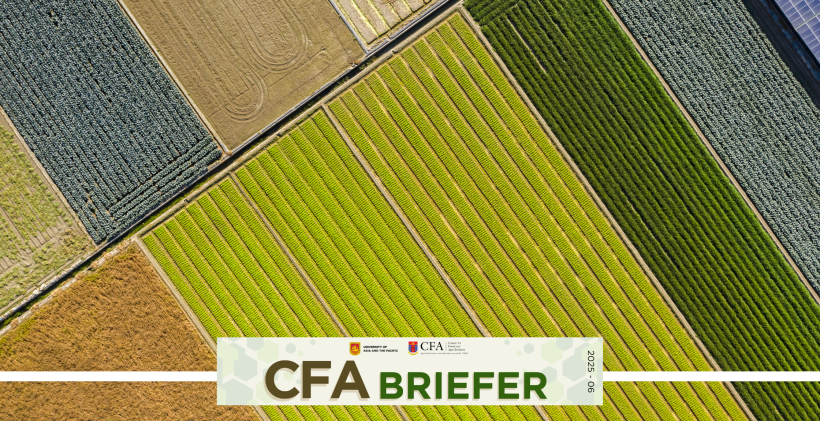This piece explores how agricultural diversification is shaping the future of Philippine farming. Amid climate risks, price volatility, and development challenges, diverse cropping systems offer resilience, improved incomes, and food security. Drawing from 2023 FAO data, the article compares the Philippines with ASEAN neighbors to uncover key trends and the country’s progress in diversification.
by Ditas R. Macabasco, Principal Agribusiness Specialist, Center for Food and Agri Business, UA&P
AGRICULTURAL DIVERSIFICATION IS A KEY STRATEGY for enhancing resilience, increasing farm incomes, and ensuring food and nutrition security. In the Philippines, where agriculture accounts for about 10 percent of the gross domestic product and provides employment to about 24 percent of the labor force, diversification efforts have gained renewed attention amid climate risks, volatile commodity prices, and the need for more sustainable rural development.
This article reviews the state of diversification in Philippine agriculture, identifies dominant crops in terms of land use, and compares the country’s situation with other ASEAN neighbors — Indonesia, Thailand, Malaysia and Vietnam. It utilized the latest data available (2023) from the Food and Agriculture Organization’s Statistical Database (FAOSTAT) to compare the levels of diversification across the said countries.

Do you want to read the full article? Please answer this form and we will send the article to your email address.

